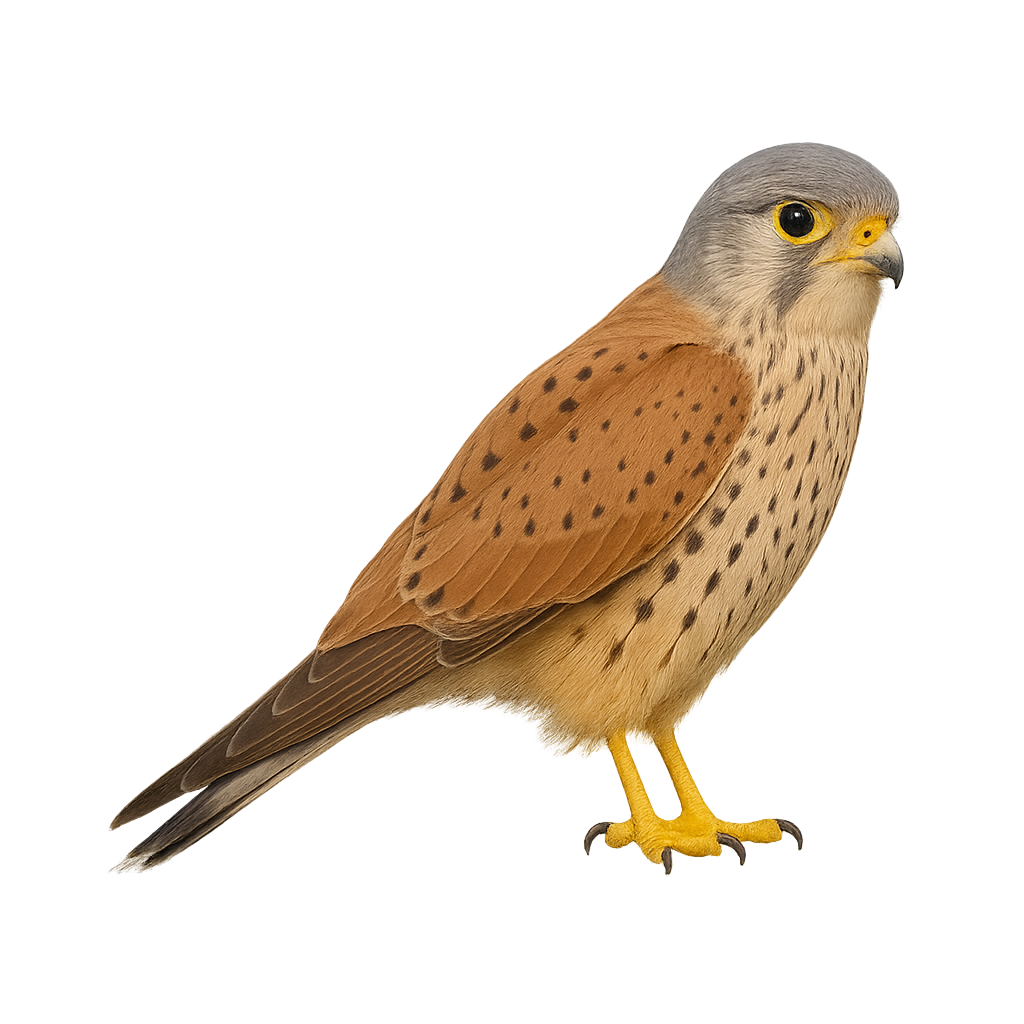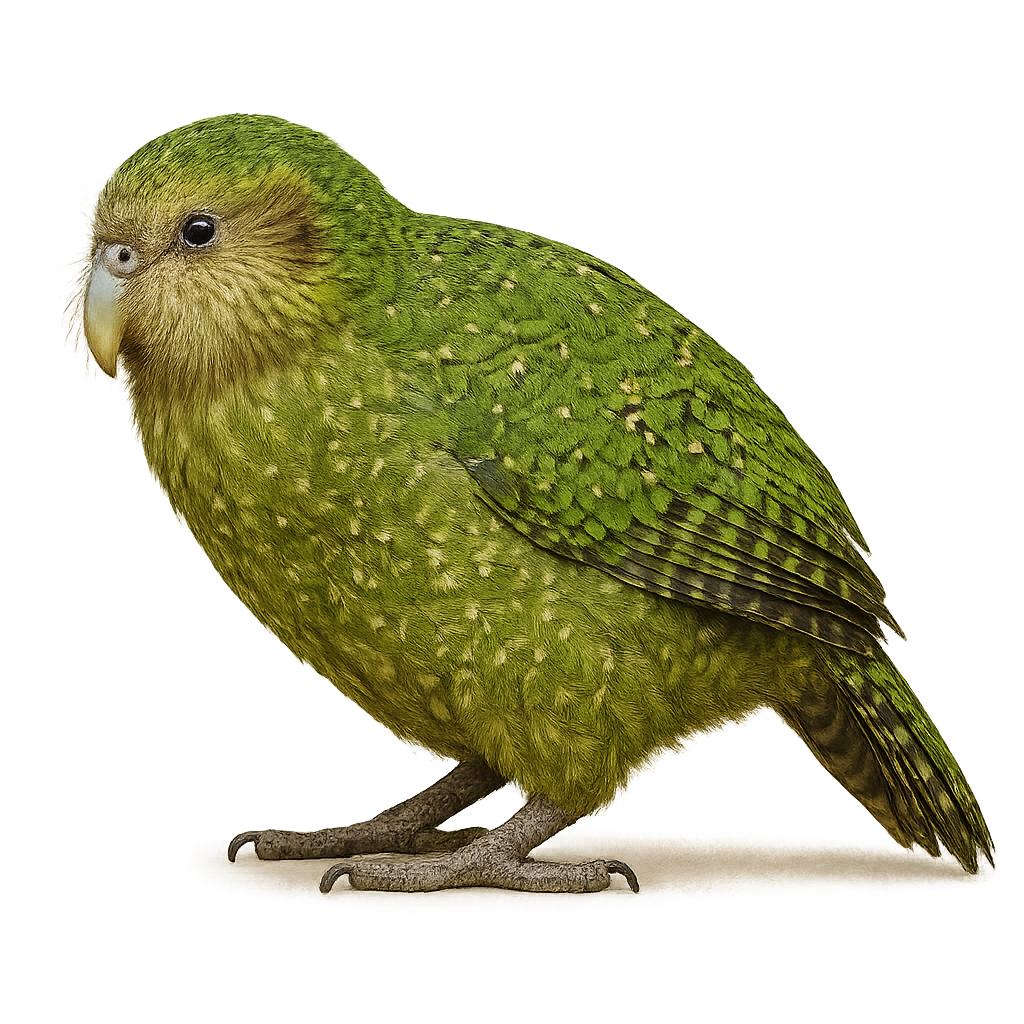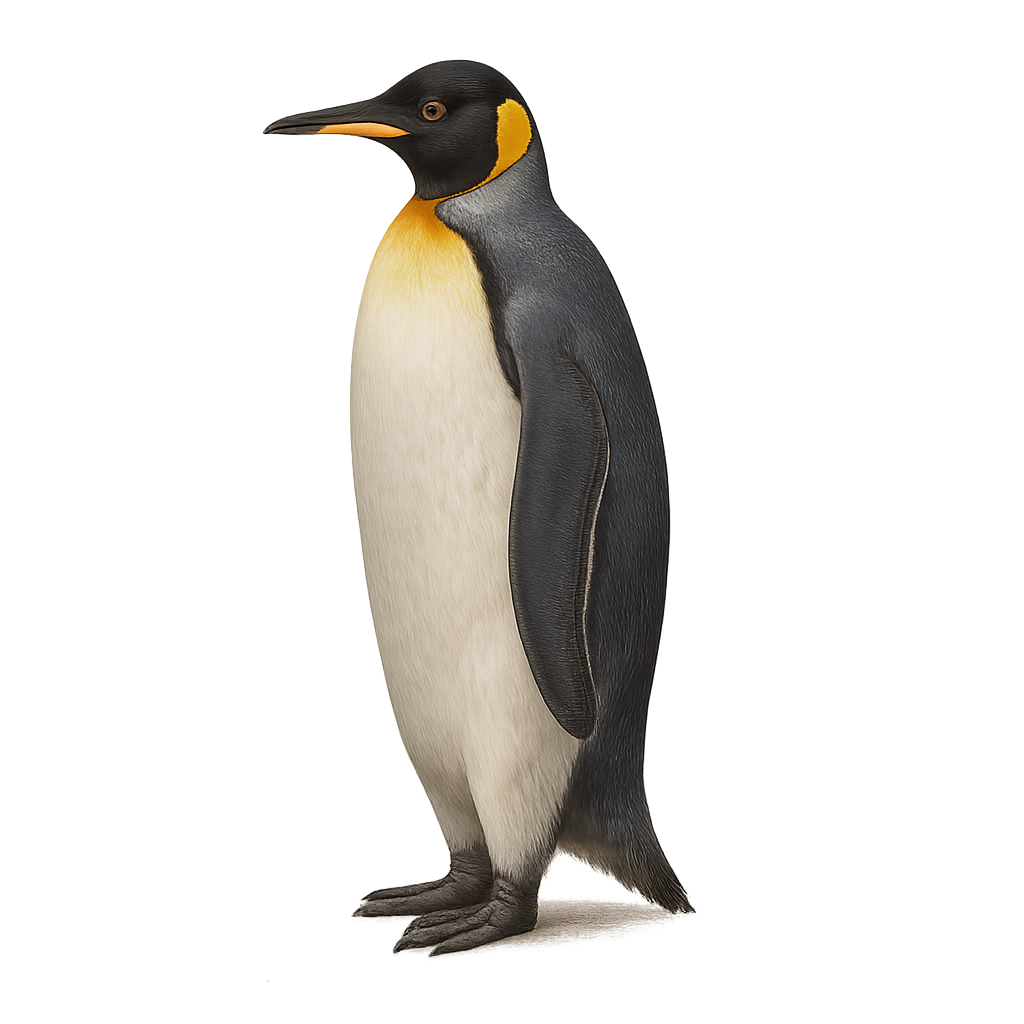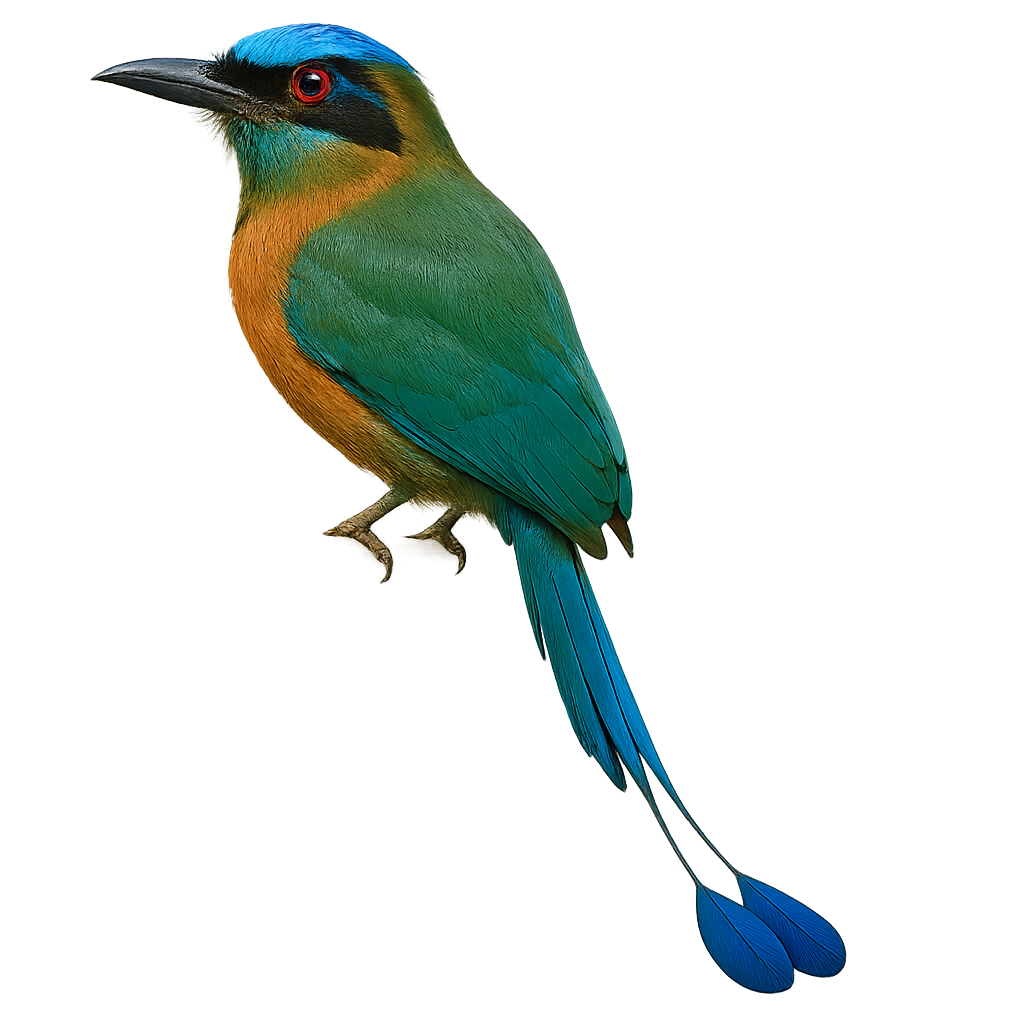Animal Species Profiles:
Mammals, Birds, Reptiles & More
Explore wildlife from around the world with the species profiles on WildlifePhotographer. Mammals, birds, reptiles… For each species, you’ll find key information such as habitat, observation periods, distribution, and photography tips. Want more details and advanced features? Download the full app for the complete experience.
Kestrel
Falco tinnunculus
The Kestrel is a small raptor from the falcon family, easily recognizable by its light brown plumage and dark spots that adorn its back. It measures about 30 to 35 cm in length, with a wingspan of 70 to 80 cm, and weighs between 150 and 200 g. The adult male has more colorful plumage, with shades of gray and black bands on the tail, while the female has a duller, brownish plumage. This falcon is common throughout Europe, Asia, and North Africa, where it primarily inhabits fields, meadows, heathlands, and even urban areas. The Kestrel feeds mainly on small mammals, insects, reptiles, and sometimes smaller birds. It is especially known for its hovering flight technique, where it remains suspended in the air by rapidly beating its wings before diving to capture prey. While the species is not currently endangered, it faces threats such as habitat loss, reduced prey populations, and disruption by human activities.
Kakapo
Strigops habroptilus
The Kakapo is a nocturnal and terrestrial parrot, easily recognizable by its moss-green plumage and large wings, although this bird cannot fly. It measures about 60 cm in length and weighs between 2 and 4 kg, making it the heaviest parrot. Its plumage is mainly green, with yellow and brown hues that help it blend into its natural environment. The Kakapo is found exclusively in New Zealand, where it prefers dense forests and mountainous areas. It is herbivorous and feeds on plants, fruits, seeds, and roots. Due to its inability to fly, it has developed excellent climbing skills and primarily moves by walking. The species has been severely threatened over the centuries by predation from introduced mammals and habitat loss. Today, the Kakapo is an extremely rare and critically endangered bird, with intense conservation efforts focused on protecting the remaining individuals.
Kea
Nestor notabilis
The Kea is a large parrot endemic to New Zealand, easily recognizable by its bright green plumage and reddish-edged feathers on its neck and under its wings. It measures about 48 cm in length and weighs between 800 and 1,200 g. This parrot is one of the most intelligent of its kind, capable of using tools to solve complex problems and adapt to a variety of environments. The Kea is omnivorous and opportunistic, feeding on fruits, roots, seeds, small animals, as well as carcasses of dead animals. It is particularly known for its curious and sometimes destructive behavior, earning it a reputation as a "thief" in some areas. The Kea primarily inhabits the alpine mountains of the South Island of New Zealand, where it resides at high altitudes. While the species is protected, it remains vulnerable to habitat loss and human threats such as trapping and vehicle collisions. The Kea population has declined over the years, but conservation efforts are underway to ensure its survival.
Kiwi
Apteryx
The Kiwi is a bird endemic to New Zealand, famous for its brown, fluffy plumage, small size, and long straight bill. It measures about 40 to 50 cm in height, with a wingspan of 60 to 80 cm, and weighs between 1 and 4 kg depending on the species. The Kiwi is one of the most distinctive birds in the world due to its unique appearance: it has small wings that do not allow it to fly, a long delicate nose, and short legs adapted for its terrestrial life. It primarily inhabits the forests, woods, and grasslands of New Zealand, where it feeds on earthworms, insects, fruits, and roots. The Kiwi is a nocturnal bird, feeding primarily at night and being particularly vulnerable to introduced predators such as rats, mustelids, and dogs. It is also threatened by the loss of its natural habitat, and several species of Kiwi are critically endangered. Active conservation, such as nest protection and predator elimination, is essential to ensure the survival of these iconic birds.
King penguin
Aptenodytes patagonicus
The King penguin is the second largest species of penguin, after the emperor penguin. It primarily lives on subantarctic islands and the coasts of Antarctica. This penguin is easily recognizable by its distinctive black and white plumage and its bright orange coloring on the sides of the head and neck. It primarily feeds on fish, krill, and squid, which it captures by diving into the water. The King penguin is a social species, living in dense colonies, and is known for its spectacular courtship displays.
Keel-billed motmot
Motmot houtouc
The Houtouc Motmot is a colorful and fascinating bird, primarily found in the tropical forests of Central and South America, notably in Costa Rica, Panama, and Colombia. It measures about 40 cm in length and is easily recognized by its vibrant plumage, often dominated by shades of blue, green, and orange. What particularly distinguishes this bird are its tail feathers, which are long and feature a characteristic fan at the tips. The Houtouc Motmot is a small predator, feeding primarily on insects, small reptiles, and sometimes fruits. It is often seen perched on low branches, where it watches its surroundings in search of prey before diving quickly to catch it. Although often solitary or in small families, it emits a piercing call to signal its presence. The species is not currently endangered, but it is sometimes threatened by deforestation and the loss of its natural habitat.
Keel-billed toucan
Ramphastos sulfuratus
The Keel-billed Toucan is a large, colorful bird found primarily in the tropical forests of Central America, notably in Costa Rica, Guatemala, Honduras, and Mexico. It typically measures about 50 cm in length and weighs between 400 and 500 g. Its plumage is mainly black, with a bright yellow chest and face, and it is easily recognizable by its large, colorful bill, which is primarily orange with shades of red and yellow. The Keel-billed Toucan primarily feeds on fruits, berries, and nuts, but can also consume insects and small reptiles. It generally lives in social groups and is an excellent climber, spending much of its time in trees. While its population remains relatively stable, the Keel-billed Toucan is sometimes threatened by habitat loss due to deforestation.








